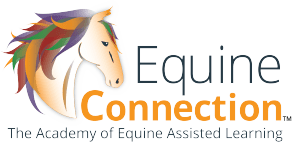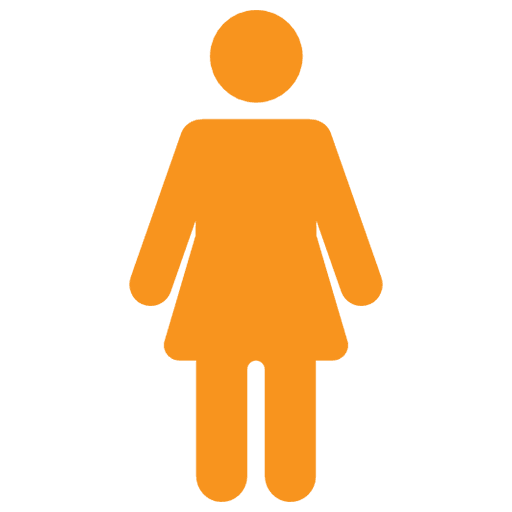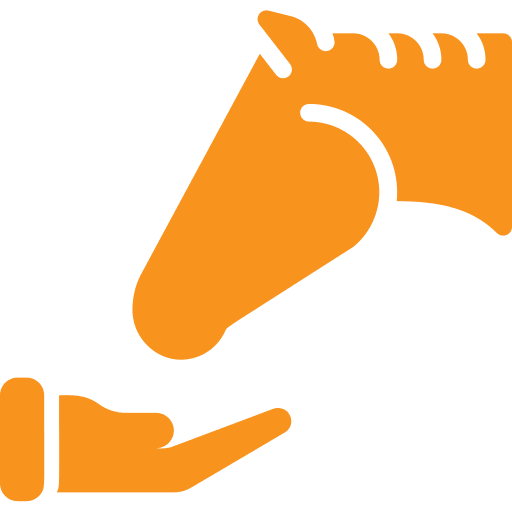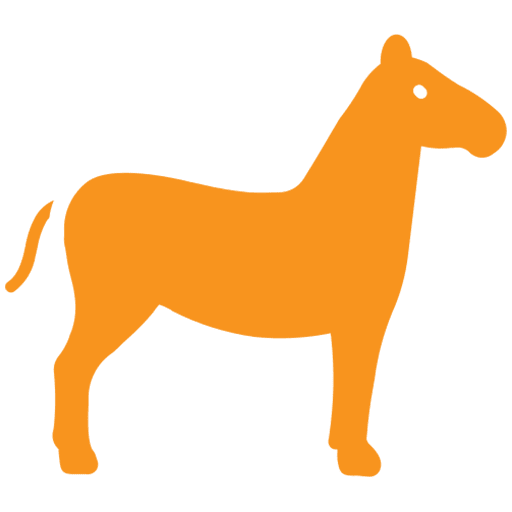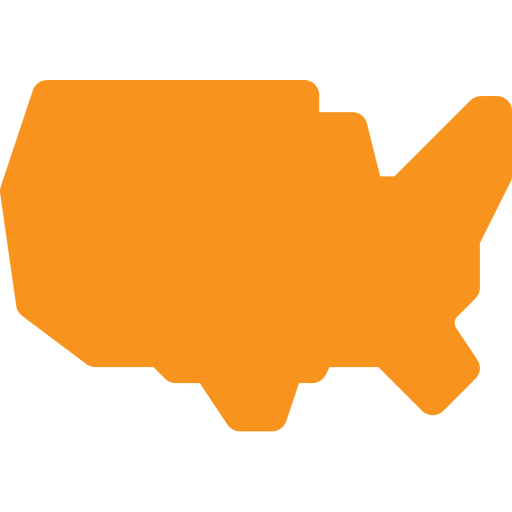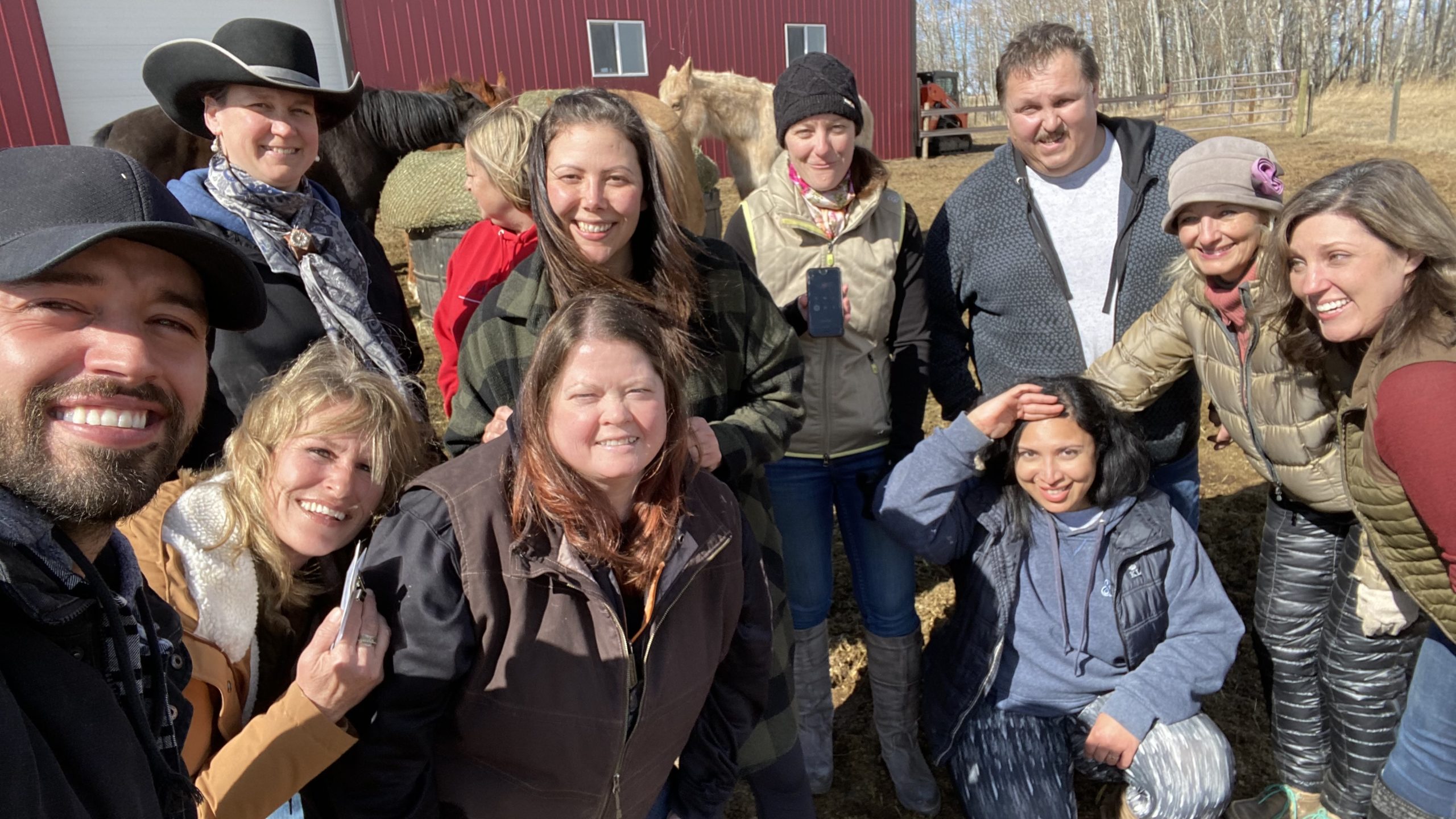Join Equine Connection's FREE "Email Newsletter" Made For Horse Lovers & Equine Business Alike….
Continued from part 1...
Remember, there is no right or wrong here. We’re not going to point out mistakes. We’re going in to ask about the horse. This immediately relaxes the clients as they become concerned for the animals welfare. When we start asking the questions we are able to get people to understand what might be happening in their communication or not happening in their communication. They make the adjustment, see the change in the horse, and then move forward more confidently with another “aha” moment under their belt.
That's on a logistic basis, that's our format. We'll get into this more but not all Equine Assisted Learning certifications are set up or designed the same way. I like to say Equine Assisted Learning because of the acronym EAL which is known as Equine Assisted learning, but if you Google search it, EAL is also actually “English As a second Language”. But, back to our trademark programs.
That's the power piece again, allowing the horse to literally be the teacher, I think it is one of the hardest pieces to learn in the certification. As humans, speaking for myself as a woman and as a mother. Sometimes what we like to do is enable people. We watch them and want to teach them. We want to tell them the things they should and shouldn't be doing. This is where you really have to be able to step back and trust your horse enough to understand that you know he will react.
To have those amazing step-in moments and the client literally has the ability to make the change for themselves, we're not telling them that they have to do it a certain way. They already know how. Because of the first program they take, all clients who enter the Equine Connection (or affiliate) facility go through Orientation, the safety piece. This helps them understand how a horse is actually going to help them. So they already have the foundation set up as they're running through their programs.
For our clients who come once a week. For example, we work with the Calgary Dream Center. They come every Wednesday. And they learn a new skill every single time. So we always start with the foundation. Then we bring in another skill, and then we bring that foundation piece into the new skill. By next week they will have another new skill. So you see you keep on building those skills as you are going along. They get to understand the horses more in how they're teaching as well.
But I tell you, as humans, especially when we've learned horsemanship the old fashioned way, it's difficult to do that. Just to switch around. That's why it's so important that continuous training and support always happens in this industry.
It isn’t like parents or people, people all do this by trying to enable others. We're trying to help them, as we understand that everybody's walking around as enablers. But, by the same token, when you get that feel for watching somebody make a change for themselves of their own volition and to see the outcome of change, there is nothing better with that.
And granted, there are going to be times in life, not in a facilitation role necessarily, but like as a family role as a mom, there's going to be times when the spoken word is no to what you’re doing and a response of this is how things are. But as a facilitation piece, there's nothing better than watching people become empowered by figuring out something for themselves and seeing how the outcome adapts with that little bit of a behavioral change.
This is where that application piece comes into their everyday life. Because experiential learning is huge. As the saying goes: “If you give a man a fish, you feed him for a day. If you teach a man to fish, you feed him for a lifetime.” In EAL the horse is teaching the client new skills. That's what Equine Assisted Learning is. It's just the client’s are not the piece that are helping the client move forward. It's literally the horses.
So are all EAL courses and everything out there including programs the same? Short answer? No, they are not all the same at all. There are many different approaches to EAL and many different programs. Equine Assisted Learning is a pretty big umbrella as a total. Let’s take hypnotherapy, therapeutic riding, somatic equine therapy, there are many variations in Equine Assisted Learning. Research into what they offer is critical to find out what will work for you. We
have mental health which is equine assisted therapy in different formats. Working with a registered therapist or counselor may be based on that. Usually they will include an Equine Assisted Learning Facilitator as they understand the horse, whilst the therapist understands the client. That's key
Because of our certification we don't need to have a clinical professional. But if you're doing therapy, you need to have a professional to be dealing with the human psyche. That's when a degree is required.
We are not offering therapy, we are offering soft skills through Equine Assisted Learning. If you have a health background, social services degree or something like that you actually offer therapy. This is skills development and psychological help. However, note here, your background is people, you observe, you draw upon your knowledge of what they’re going through to make an assessment. Equine Assisted Learning facilitators don’t. Their job is to watch the horse. They evaluate what signs the horse is giving and through questions find out how the client is feeling and guide them toward what they can do to help themselves. Very different!
One observes the client, the other observes the horse. The marvelous combination is; therapy and life skills in the most outstanding of sorts. The horse enables the client to open up, the therapist analyzes what is happening and the EAL facilitator helps bring forth communication that may not happen in a one on one person situation. All of these are under the Equine Assisted umbrella. Whenever there is a horse working with a client it falls under Equine Assisted Learning.
These are our people, our workmates, our clients right here. Our tribe or our peeps, if you will. So with all of these formats of EAL, what makes the one that we are working with different? It is, first of all, skills development. So that is a big difference from a lot of other programs out there because we can actually guarantee an outcome of a skill that people are going to take away and parallel back to their lives. It can be any parallel, you never know what it’s going to look like.
Somebody might come back and say, I figured out I really need to clean my room. And we're like, okay, yeah, sounds great. But for them, that was cleaning out the old and starting fresh to a brand new life, it is a prediction that's more profound. So it definitely is a piece that you can actually apply with the learning. There's a specific structure to everything. What we do in a program is not go into an arena to hang out with some horses and see what happens. This has a guaranteed outcome, there's a structure that comes with every single program.
I think we should let you know how this certification actually came about. It was through our beautiful Tamara MacKinnon. Who actually has a brain that will blow yours away because it's so analytical and everything has to be systematically correct on how you achieve an outcome.
What she did is, she believes to this day her purpose on earth was to design all of these exercises and programs creating a certification course. After which, her job was done and she left it to us. We still see her once a year but she's not doing it anymore.
What she did do was take all her research on how humans actually learn. With this in her knowledge base she also researched how wild horses communicate, looking into their culture, their language. So we're not missing anything. She married the two research pieces together to come up with these out of the box, creative, result oriented exercises and programs for people to be able to go through to help themselves. Being with the horse on the ground, no riding, allowing the horse to literally be the teacher.
But we experts know when it's time to do our step-ins to help the client, we pay attention to keep the horse safe, and in parallel, it keeps the client safe for their own life. We work with a lot of addiction centers, which makes it really important that everything that we do has a way to help in their life. Again, it blows my mind.
Every single program we work in applies many years later, it's like they'll say something and follow up with, wow, that's amazing. For example, when our clients are coming in (most of the people we work with are non-horse people) which makes sense. We work with organizations that already have programs set up for the people with addictions or whatever organization that we’re working with will have a pre-program that they stick to. We're just part of their programming to support everything that they're learning at the center. One thing when they're first coming into our facility is, of course you have fears, you've got those anxieties because these are huge animals. Even your minis are a huge animal to them because they're bigger than a dog and a cat. Remember people may be afraid of big dogs. These animals are also an unknown to them.
They have a lot of these fear pieces coming through. As they're building their way up through learning and the feeling-safe modality, they’re helping the horse to stay safe. Lots of times what clients will do, is they don't look where they're going. This is generally a parallel of their life.
They're walking and always looking down at the ground, or they keep looking back at the horse to see if they’re still with them. Again, we know as horse people, the number one thing a horse needs is to feel safe, which means leadership. If we're continually looking back, what does that tell our horse in leadership? It tells them we don't know where we're going.
Lots of times I'll say to our clients:
Where are you going? Where are your eyes? Where are you going in life?
It's cool because as we're going in the arena and they're going through all of the obstacles, you can catch it and say, hey, where are those eyes?
A reminder that makes them lift their heads and look forward.
They adjust themselves to understand and think about what that means in their life. If you know where you're going, your body automatically steps into life. If you're looking down, if
you're looking backwards, you don't go anywhere. The clients refer to this a lot. When we are doing our debriefing part in our programs, they always say, oh my gosh, I didn't know that. I didn't know where I was going in my life. But now I understand through the horse that I have to know where I'm going in order for me to stay safe, for anything else that comes into their life. So it's pretty powerful.
Stay tuned for Part Three! Or you can listen to the entire podcast below!
JOIN EQUINE CONNECTION'S FREE Email Newsletter
MADE FOR HORSE LOVERS & EQUINE BUSINESSES ALIKE….
Join our community of 118,000+ Life Changers forging their own paths with horses - whether for business or pleasure.
You'll Receive Weekly Emails Designed to Transform Your Relationship With Your Horse, Elevate Your Equine Business & So Much More!
